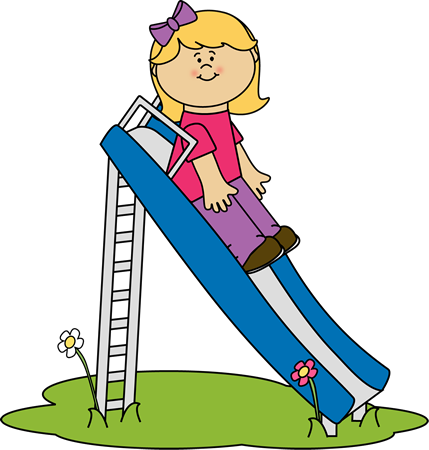Disclaimer: I am sitting at dance waiting for my daughter, will proof later.
How I got here and why I started The Reading
FISH. I always knew I wanted to be a
teacher. From a young age of 8 I can remember playing school in my living room.
.
After high school I went to school to be a teacher,
became certified elementary school teacher. While looking for a job I substitute taught and went for my masters in Literacy and
Special Education- two fields I knew would help me be a great teacher.
During my graduate studies I didn’t quite understand
what it meant to go to school and become certified birth through grade 6 really meant, I was only 22 and had no clue. I
used to joke around and say, “Yeah,I am going to teach your baby to read”. I had no idea what that really meant, I mean
come on, babies reading, really?
It wasn’t until I started to work more with students
during my field work and watch how I can really make a difference in helping a
child read. But, that baby part still baffled
me. I learned about how children develop and how language morphs and connects
with reading I just never got to see it happen, until……I had kids of my
own.
When I had my first child, I had already been
working as a reading teacher for 4 years. Teaching reading was already automatic. I read to my daughter every day for hours,
talked to her all the time, showed her things, gave her experiences did
everything I could to give her language.
At a young age, I started doing the things I did every day when I taught
reading. Showed her letters, talked
about sounds, broke words up into sounds, blended words, pointed to words,
asked her to point to pictures, asked questions and the list continued. Here is where what came natural to me started
to show her growing into a reader. At
the age of 20 months she was able to read the word ‘the’ and use picture clues to read a simple book. Was in memorized? Did she just use pictures? Did she know what
she was doing? Whatever the answer may
be, she was reading! She was reading before she went to Pre-Kindergarten. I couldn’t believe it, me and her father were
her first teachers- taught her to read!
My daughter was 17 months when my second child was
born. He was a little bit of a different
story. I got nervous when he was a baby
because he didn’t seem to like books like his sister. I kept doing what I did with her and plugged
away even when I thought he wasn’t listening and sure enough with all our hard
work he began reading before school too!
Now don’t get me wrong, I did all of this just by playing! I didn’t sit
them down and make them do ‘school work’ I just incorporated playing with
language and reading books to our everyday life
Being a parent of young reading children I learned
that people would be surprised that they can read. I told them some things I would do and my
friends would be like, “wow, I never thought of that’. For me the ideas and activities came natural
to me and I thought everyone knew what to do.
But I was wrong not everyone does, and that’s ok. And yes of course
every child is different but no matter what the case is learning begins in the home and here I was then
inspired to help families raise readers.







